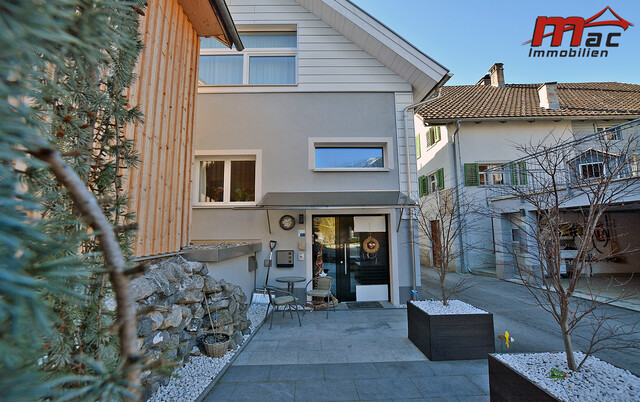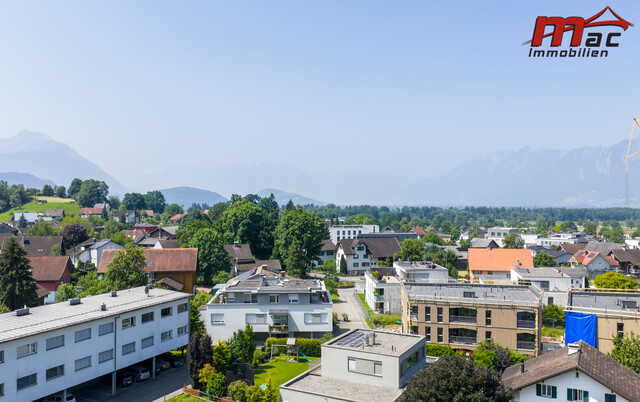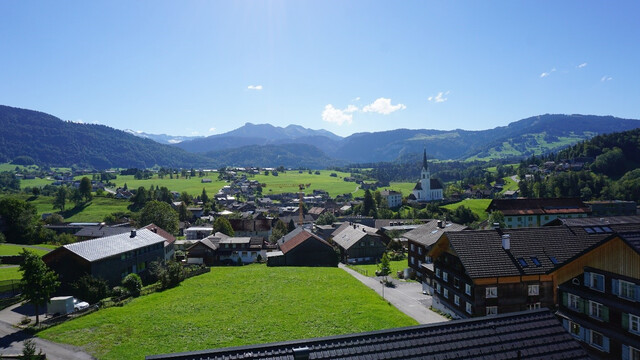Level of 2022 in Foreign Investments

The number of projects has thus stabilized at the level of 2022. Austrian companies primarily invested in Germany, the UK, and Bosnia. The most important countries of origin for investments in Austria were Germany, Switzerland, and the USA, according to a study by the US consulting firm EY.
Austria benefited from its geostrategic location in the heart of Europe and is a natural expansion market for companies from Germany and Switzerland as part of the DACH region, according to EY. "Austria was particularly attractive for technology-oriented investments in the areas of IT services, renewable energies, and Industry 4.0. International companies appreciate the combination of innovation, market connectivity, and stability," explained Gunther Reimoser of EY Austria.
The downside: Unfortunately, the increasing investments have not created more jobs. "This is mainly because many investments flow into technology-intensive sectors such as IT, renewable energies, and specialized services. These sectors increasingly rely on automation and digital solutions, which require less personnel," analyzes Reimoser.
Fewer Jobs Created by Foreign Investment Projects
In Austria, 2,312 jobs were created by foreign investment projects last year - in 2023, it was still 2,345, and the year before even 2,913 jobs. Conversely, Austrian companies created 2,095 new jobs through investment projects in European countries last year.
Across Europe, a total of 5,383 investment projects by foreign investors were announced last year, a decrease of five percent. France remained the leader in the Europe ranking - despite a 14 percent decline to 1,025. The United Kingdom took second place in the ranking, with the number of projects falling by 13 percent to 853. Germany landed in third place with 608 projects and a decline of 17 percent - reaching its lowest level since 2011.
The largest investors in Central and Eastern Europe were still German companies, with the number of German projects in Eastern Europe even increasing by 22 percent from 176 to 214. They were followed by US companies, which, however, reduced their involvement in Central and Eastern Europe last year: by 17 percent from 164 to 136 projects.
"Outlook for 2025 Rather Gloomy"
According to a release from EY, the digital sector - which includes digital start-ups, software developers, and online platform providers - plays a significantly smaller role as a job engine than in the years up to and including 2022. Already in 2023, the number of jobs created fell by 37 percent, and in 2024, a further decline of 36 percent was recorded. "Despite a significant decline of about one-fifth, the automotive/vehicle sector, which also includes the aviation industry, remains the most important job engine in Europe. Investments by corporate service providers, on the other hand, led to significantly more new jobs last year than in the previous year," the US consultant calculated on Friday.
Reimoser's conclusion: "The outlook for 2025 is rather gloomy: In view of massive geopolitical tensions, weak economic development, and high uncertainty due to the volatile tariff policy of the United States, there is very little to suggest a renaissance of the European location. The withdrawal of American companies from Europe is likely to continue."
(APA/Red)
This article has been automatically translated, read the original article here.
Du hast einen Hinweis für uns? Oder einen Insider-Tipp, was bei dir in der Gegend gerade passiert? Dann melde dich bei uns, damit wir darüber berichten können.
Wir gehen allen Hinweisen nach, die wir erhalten. Und damit wir schon einen Vorgeschmack und einen guten Überblick bekommen, freuen wir uns über Fotos, Videos oder Texte. Einfach das Formular unten ausfüllen und schon landet dein Tipp bei uns in der Redaktion.
Alternativ kannst du uns direkt über WhatsApp kontaktieren: Zum WhatsApp Chat
Herzlichen Dank für deine Zusendung.








